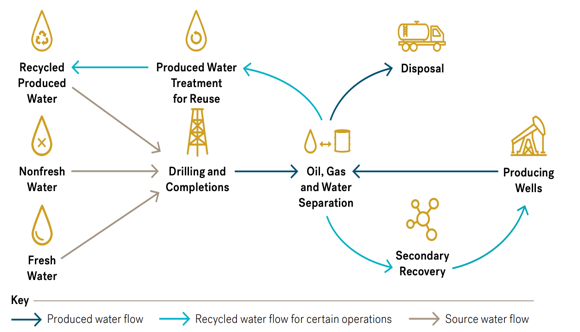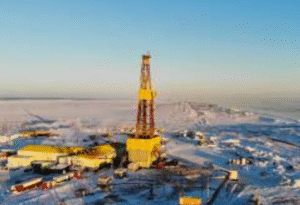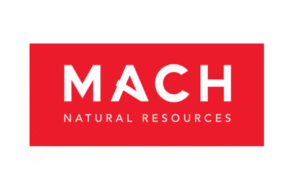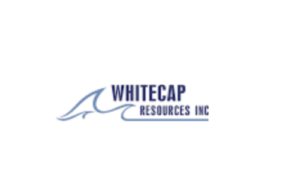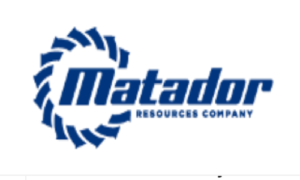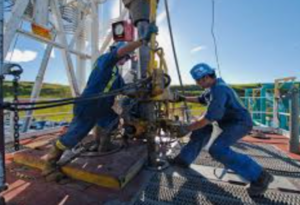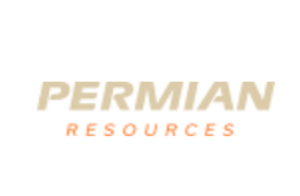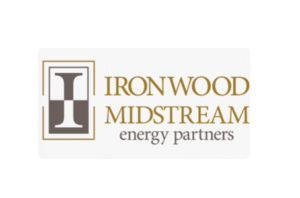Fresh water is a precious and limited resource. The oil & gas industry minimize water use by using nonfresh sources when possible, employing recycling technologies, and by reducing the overall amount of water required for operations.
In order to minimize use of fresh water Operators find innovative ways to reuse produced water, sourcing alternatives to fresh water, and reducing the overall amount of water required for our operations. Comprehensive procedures for safeguarding water quality and for handling produced water responsibly need to be defined and follwed.
Prior to beginning operations in a new area, operators test and obtain baseline water-quality data. They also conduct post-drilling, water-quality monitoring. These tests include pH, salinity and total petroleum hydrocarbons among others.
- 84% of the total water utilized for production operations since 2016 has been recycled or reused.
- 91% of the water used in our U.S. hydraulic fracturing operations in 2020 was nonfresh or recycled produced water.
Drilling, completions and production operations are primary uses of water, which is often sourced from water recycling operations, groundwater aquifers, surface waters and municipal water. The primarily decrease in freshwater consumption is by increasing our reuse of produced water, which includes produced water from secondary recovery and hydraulic fracturing operations.
Aquifer Protection
Aquifers are protected by ensuring the integrity of wells. Well planning and performing operations to minimize the chances of a well failure are very important. Well design, plans and completion programs through a detailed and extensive review of local geologic knowledge and previous operational conditions for the entire depth to which each well will be drilled. In addition, consideration the potential for impacts to adjacent wells or faults and include mitigation plans.
Careful design of surface casings for wells to protect usable groundwater intervals. Monitor and record essential data from cement jobs and perform evaluations to ensure adequate isolation of producing intervals, including zonal isolation for protected water resources. Use industry best practices for our cement testing methods, including cement bond logs, ultrasonic testing and temperature logging
This Might be Interested

